Declutter Your Photo Life
Curating, Preserving, Organizing, and Sharing Your Photos
Adam Pratt
Best-Sellers, Ebook, Holiday Gifts, Labor Day 2021, Photography, Print, Print and digital bundle, Printing/Scanning, Topics and Techniques
Turn your photo chaos into precious memories to be enjoyed and shared!
Now more than ever, we hold our photo collections dear. They are often some of our most prized possessions. Wouldn’t it be great to finally have all your photos organized, safe, accessible, findable, and shareable? With Declutter...
Read More
Read More
- Print and eBook Bundle: $34.99
- Print Book: $25
- eBook: $19.99
| BOOK AUTHOR | Adam Pratt |
|---|---|
| PAGE COUNT | 208 pages |
| TRIM SIZE | 7 x 9in |
| COVER | Soft Cover- without flaps |
| ISBN | 9781681988757 |
| PUBLISH DATE | 09/2022 |
- Chapter 1: Overwhelmed by Photos
- Chapter 2: Workflow Overview
- Chapter 3: Software and Hardware
- PHASE 1: GATHER
- Chapter 4: Gathering Digital Photos
- Chapter 5: Deduplicating Photos
- Chapter 6: Creating Your Photo Archive
- Chapter 7: Gathering Physical Photos
- PHASE 2: PRESERVE
- Chapter 8: Preserving Photos
- Chapter 9: Converting Digital Formats
- Chapter 10: Scanning Physical Photos
- PHASE 3: ORGANIZE
- Chapter 11: Curating Photos
- Chapter 12: Organizing Photos
- Chapter 13: Dating Photos
- PHASE 4: SHARE
- Chapter 14: Sharing Photos
- Chapter 15: Accessing Your Photo Archive
- PHASE 5: MAINTAIN
- Chapter 16: Maintaining Your Photo Archive
- Resources
- Index
1 review for Declutter Your Photo Life
You must be logged in to post a review.

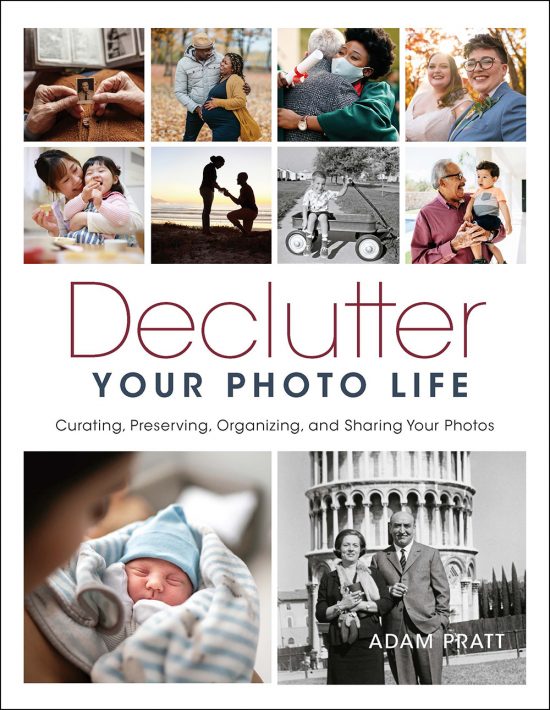
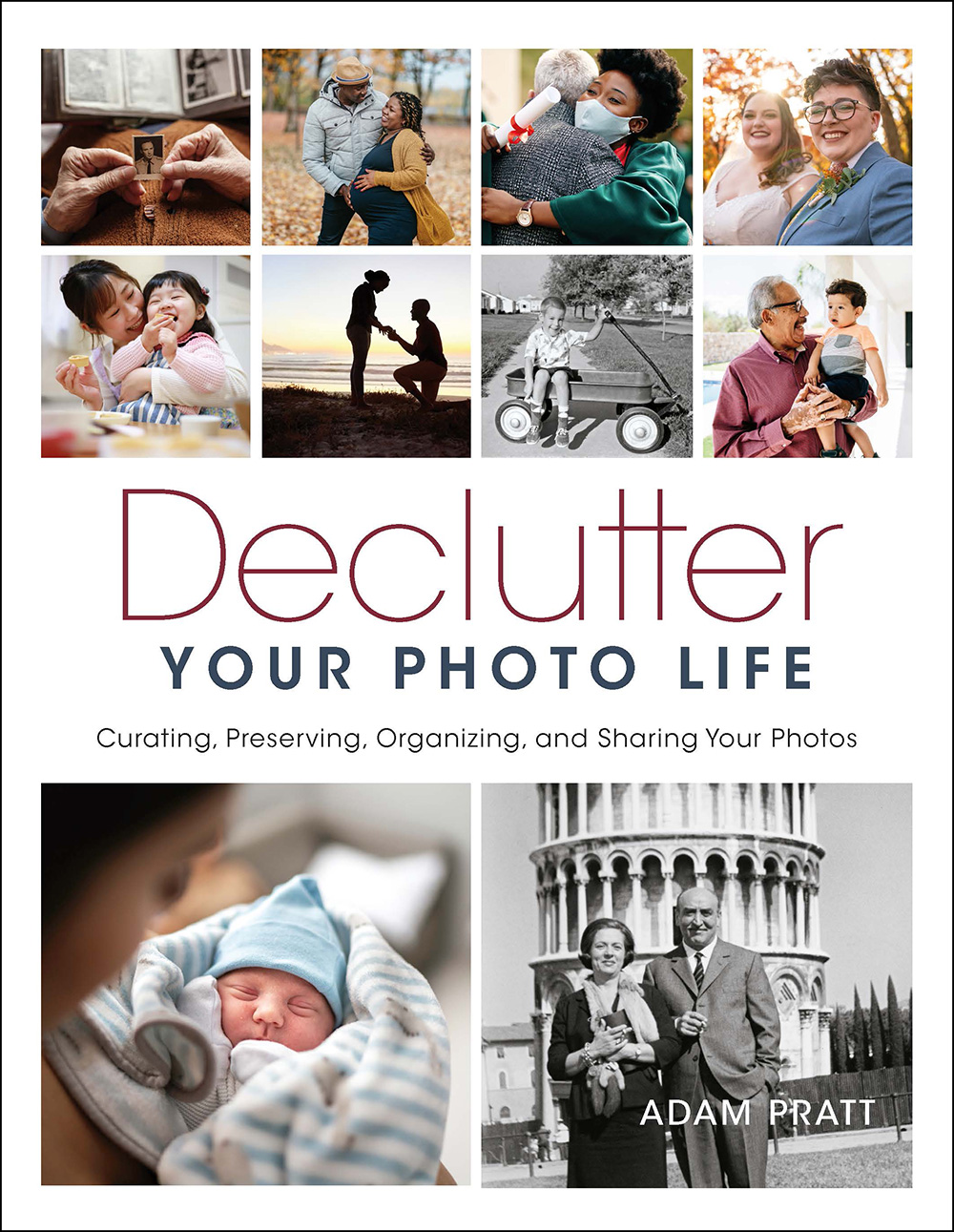
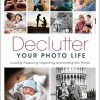
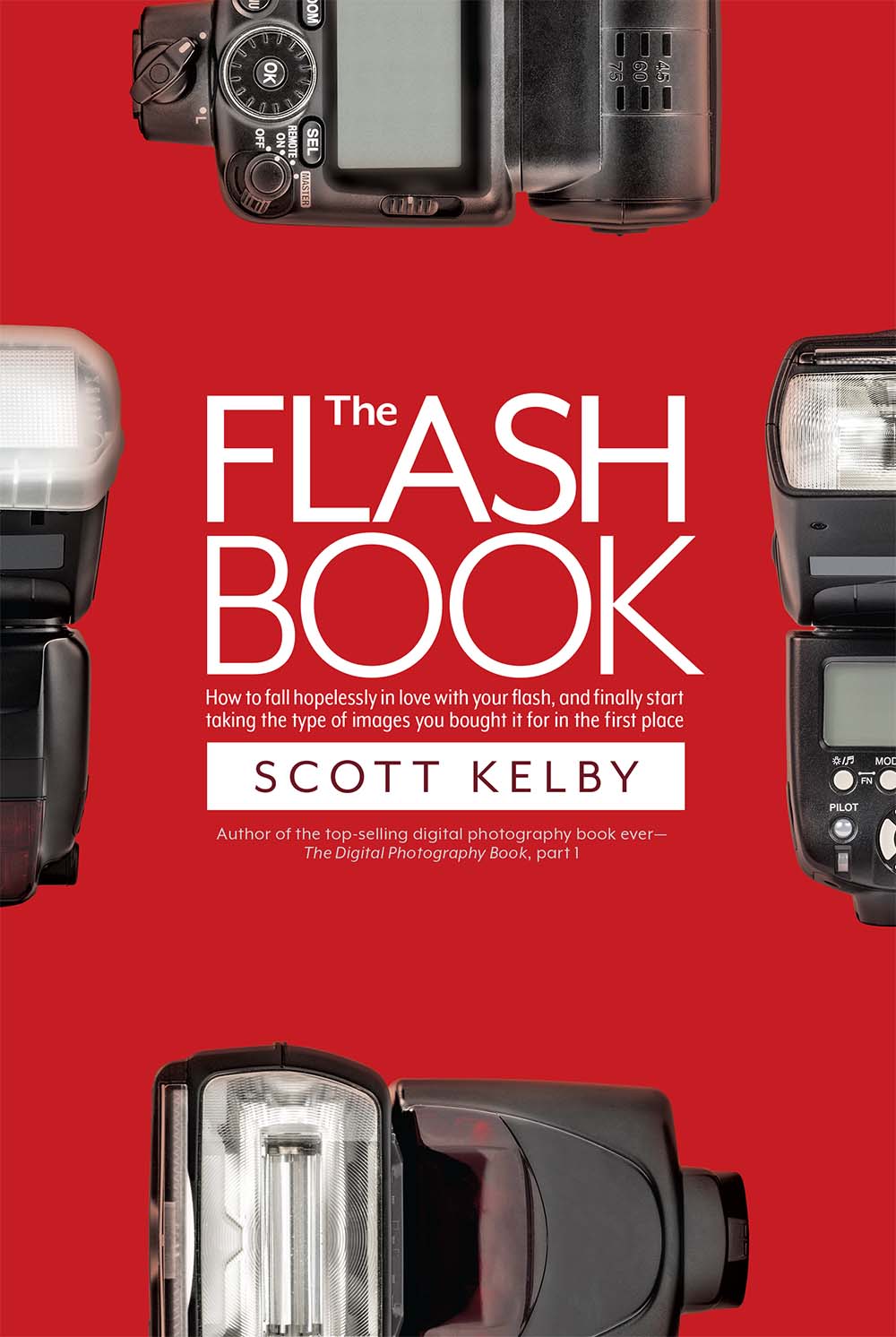
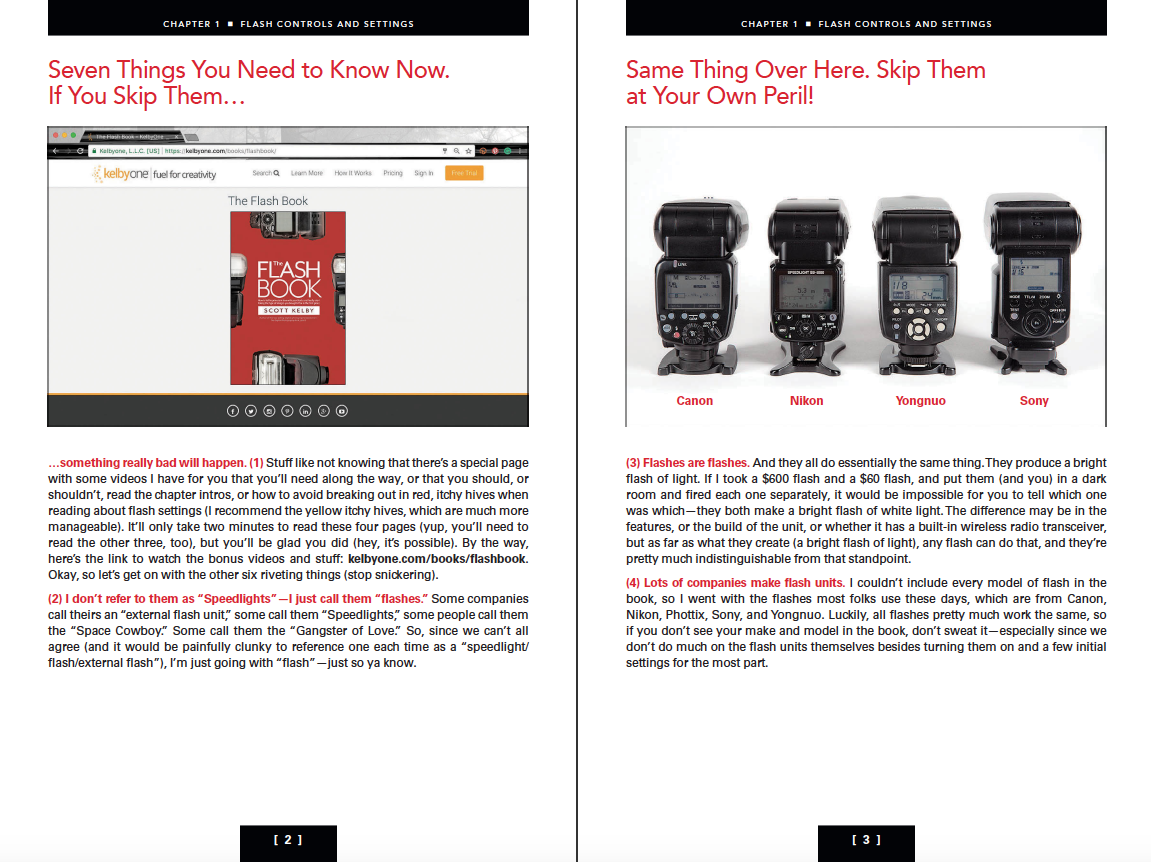

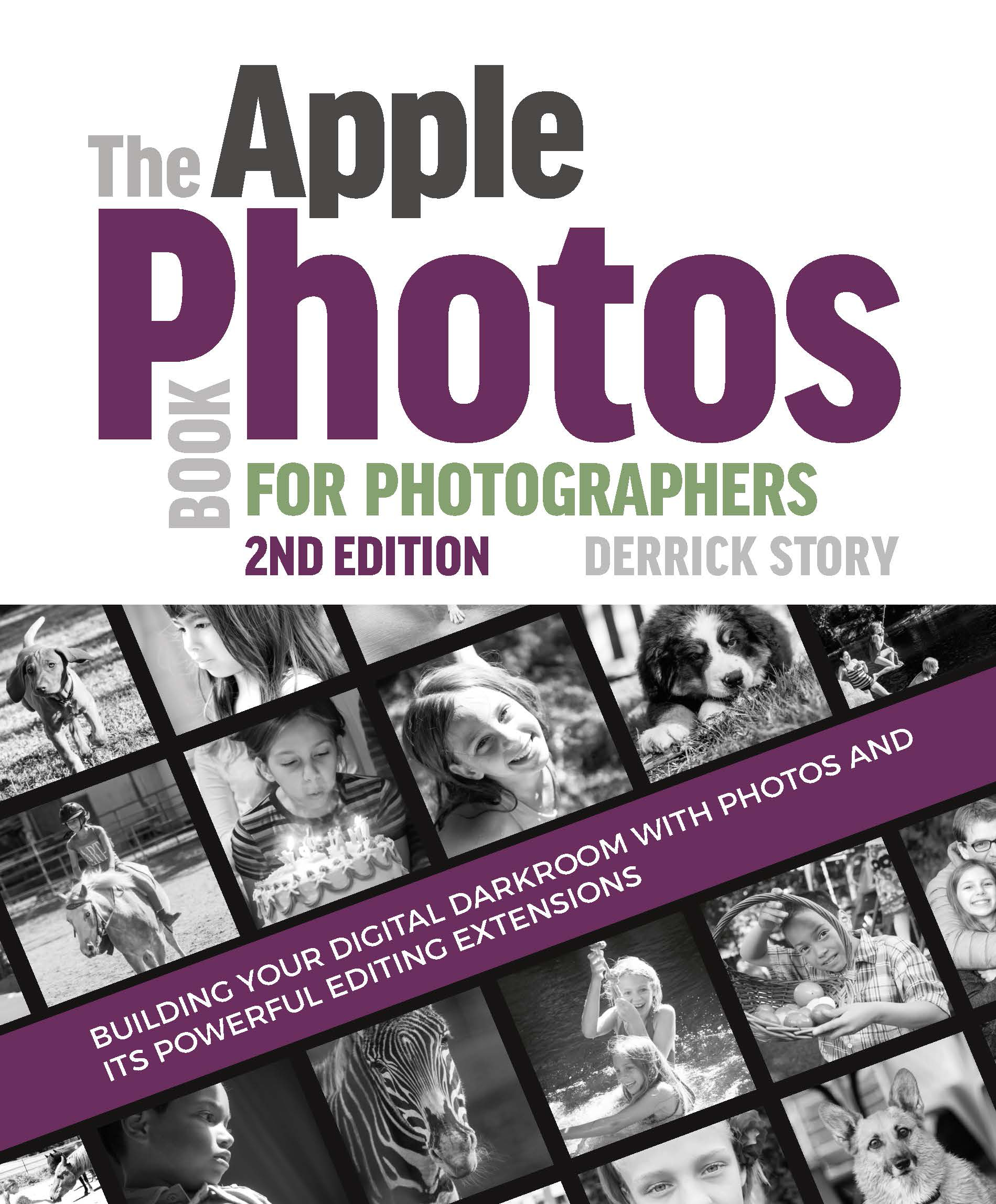
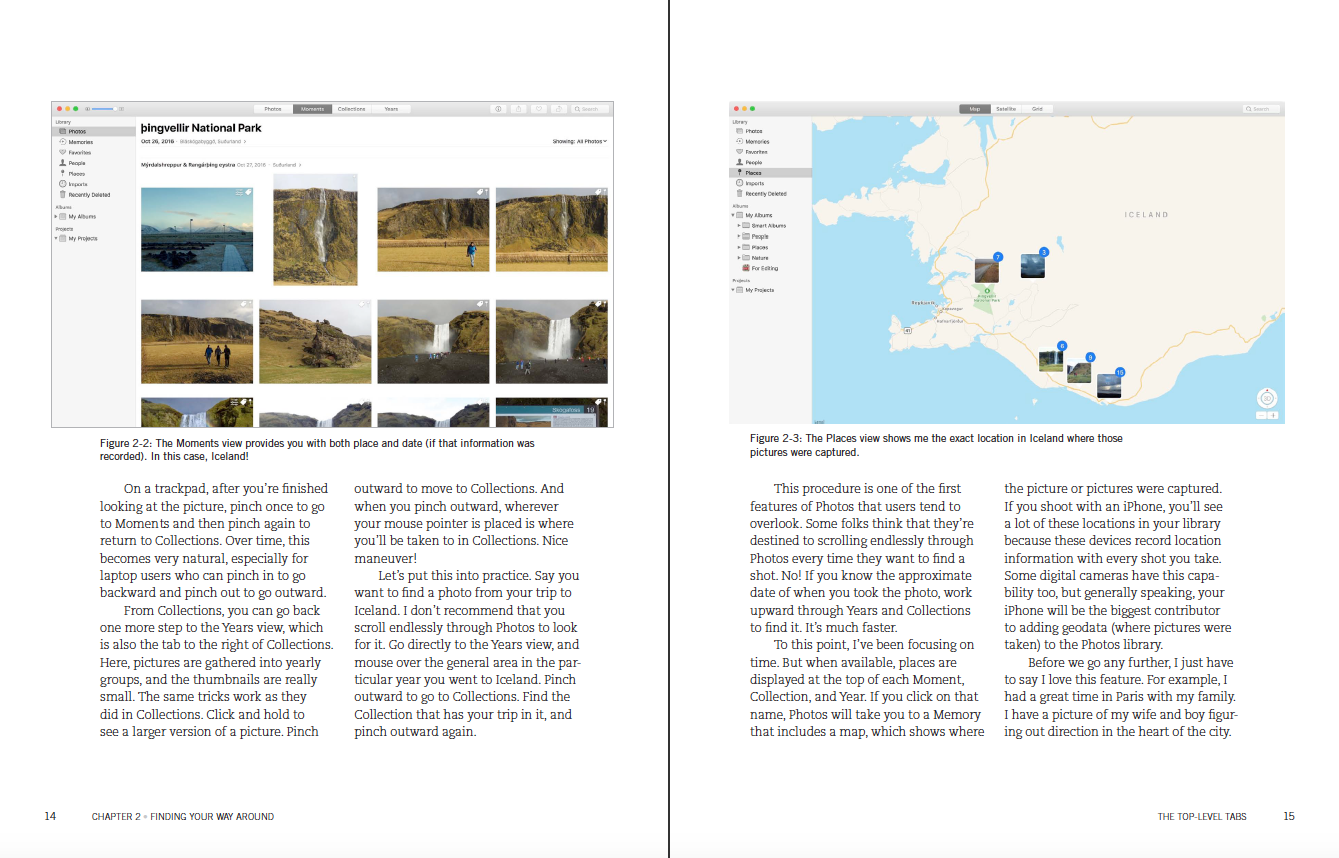


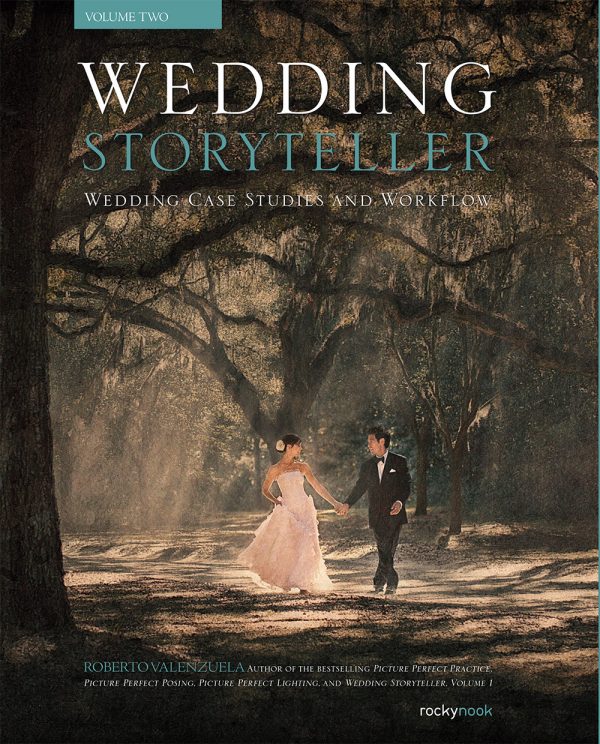



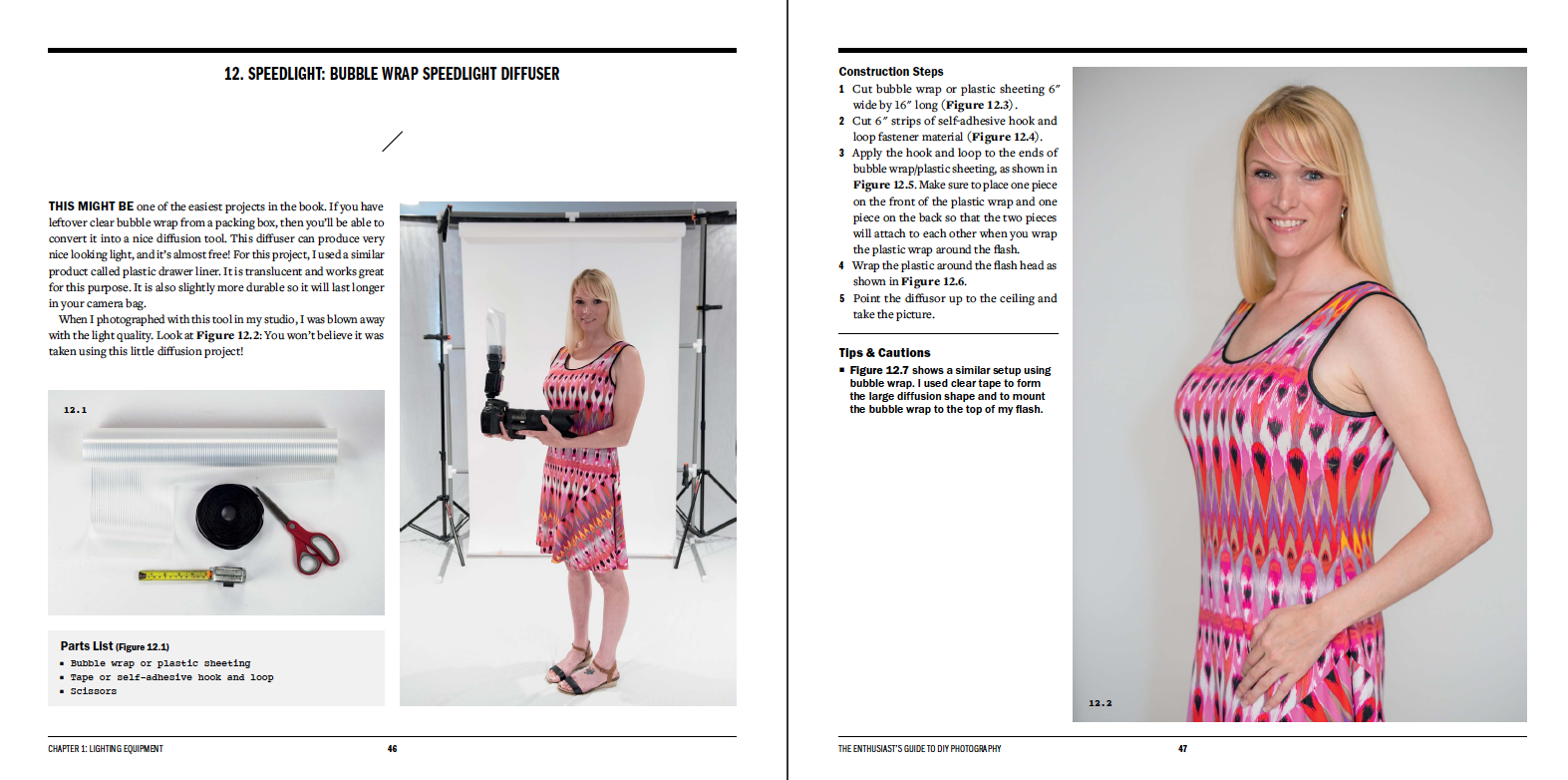
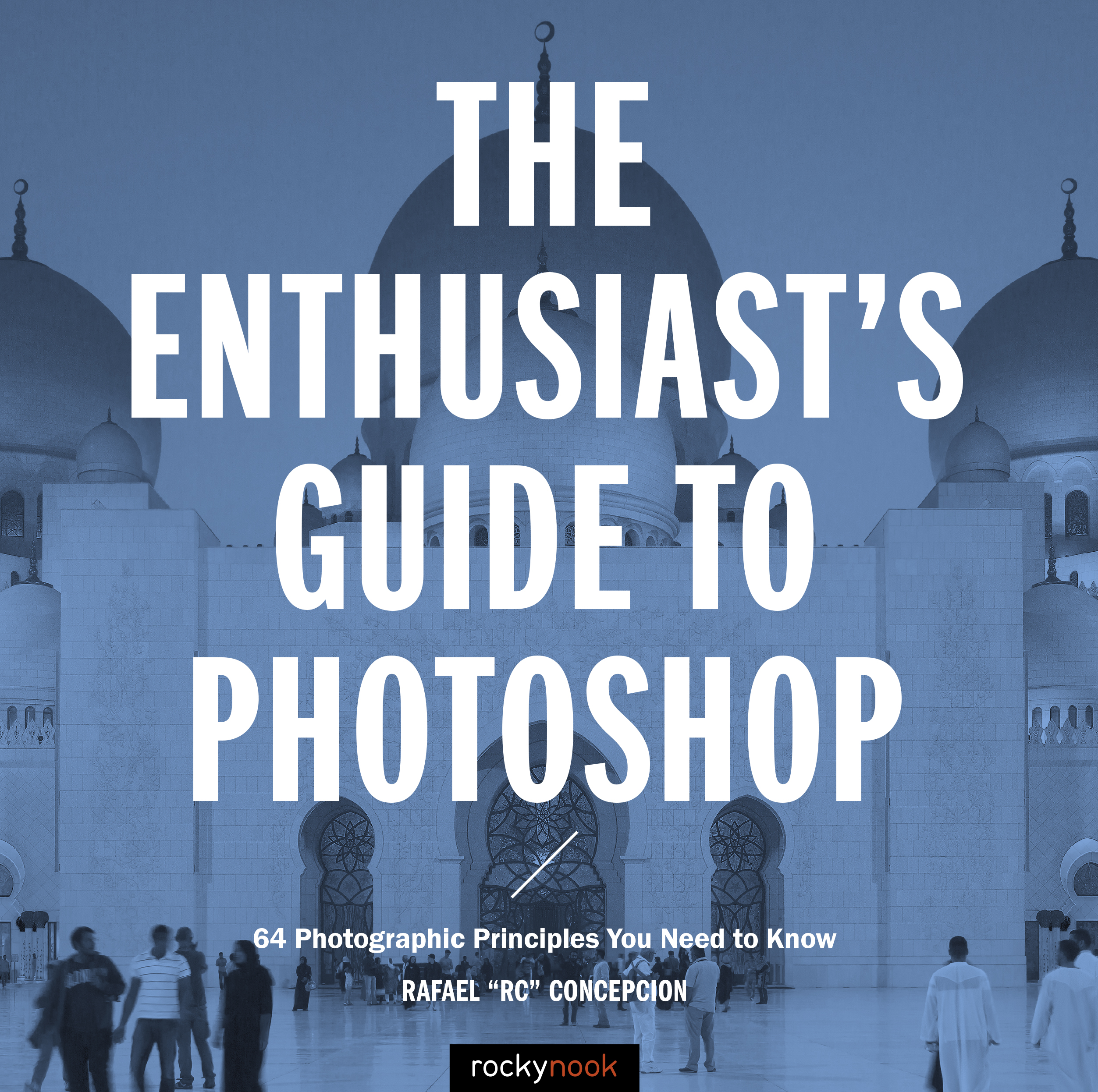
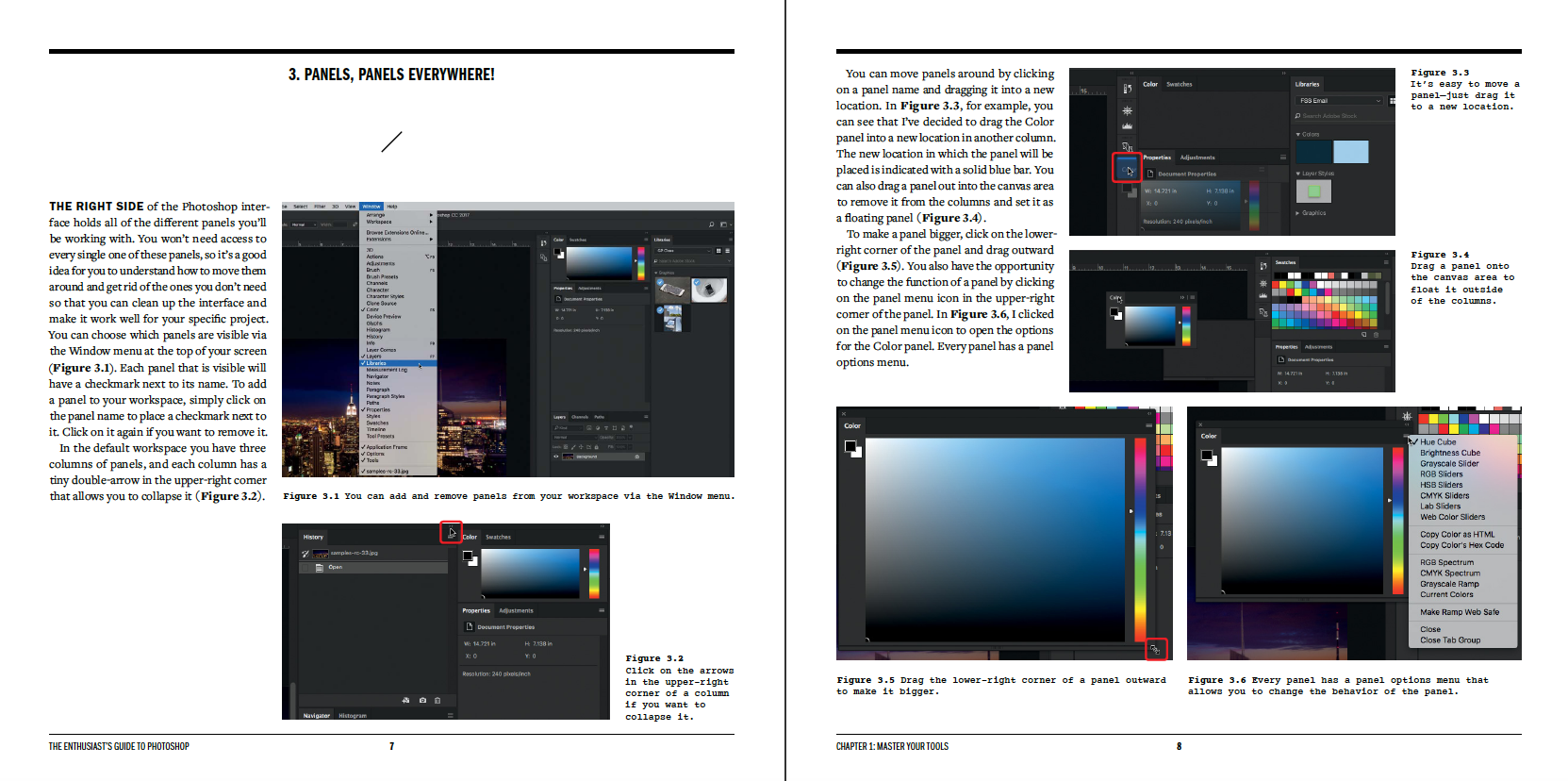
Gloria
First off, what phototog wouldn’t fall in love a book that begins with the author saying: with his very first camera when he was a boy, he would shoot a roll of film in a week; with his next camera he shot a roll of film in one day; the third camera, 100 images on a holiday; and, when he became a young father, 50,000 shots in the first year! Yep, that’s why we need to read this and learn how to declutter our photo lives.
In an early chapter the author outlines, simply and efficiently, his five–step workflow for organizing your photos. I appreciate his setting out this system early on to refer back to when actually doing the work. As an aside: Pratt uses a word I’ve never seen, “deduplicated”. It refers especially to computer data and means to eliminate duplicate information. He even suggests brands of deduplication software. I’ll be interested in how that comes up later. As I read further, I discovered an entire chapter dedicated to deduplication. Now that I have read it, it makes sense. We have duplicates from redundant back ups, unformatted memory cards, social media, screenshots, etc. Lots of duplicates to deal with and he gives us the how-to in that regard. I appreciate it because I had never really thought about ridding my photo library of duplicates.
I enjoyed the list of places where we can discover old photos: in wallets, in family bibles, on the refrigerator! The writer entertains us as well as educate us. He also suggests that we tap members of our family for photos they may have to add to our digital library. He also wisely advises that we remove old photos from adhesive albums because they will continue to disintegrate. I have found that to be true with the photos I am scanning from old family albums. Instead, after scanning, he says to place them in new, non-adhesive albums.
And probably my favorite tip of the author’s is that we do not need to scan everything. If a photo was just a bad photo or something we don’t care about and never will, there’s no need to preserve it. Something hard to accept, but it makes perfect sense. I find that it is sometimes difficult or impossible to date old photos unless there’s a nearby witness to help you out :-). The author points out that we should do a little detective work. For example, if there was a car in the photo, you can often date the image by its license plate! I never thought of that. You can also count the candles on a birthday cake to see how old the birthday person was. In other words, don’t give up.
Finally, the author gives us several useful plug-ins and apps we can use in our work to declutter our old photos. I appreciate that because often I have no idea what works and what doesn’t. This book is not only incredibly useful for anyone working on photo archives for their family, it’s also a joy to read. I will be revisiting it for sure!